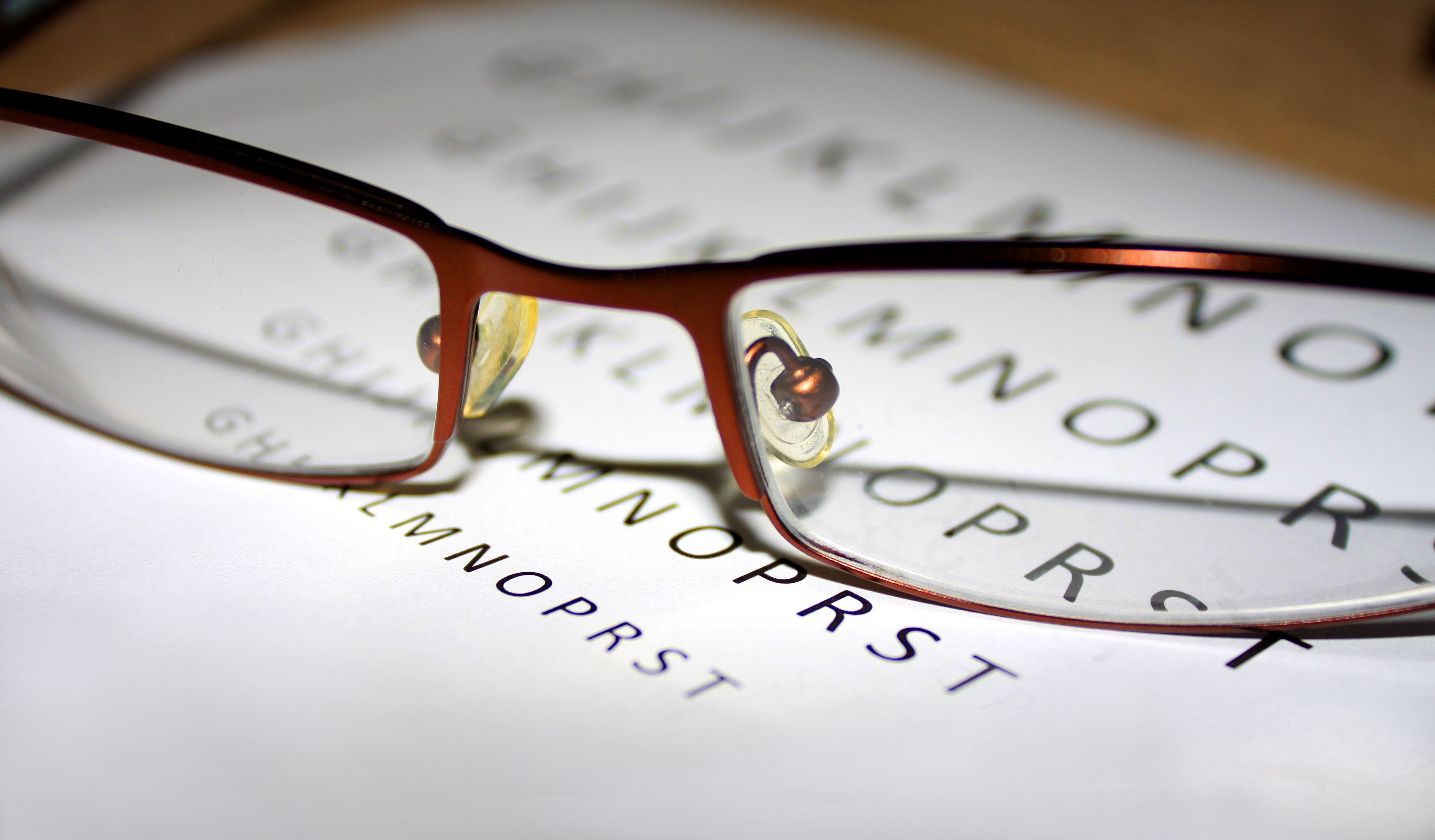Article
How Does Spaceflight Change Astronauts' Eyes?
Author(s):
Anterior and posterior ocular structure changes occur in astronauts who complete long-term spaceflights, according to a study published in JAMA Ophthalmology.
Anterior and posterior ocular structure changes occur in astronauts who complete long-term spaceflights, according to a study published in JAMA Ophthalmology.
In a prospective cohort study of 11 astronauts, researchers set out to determine what ocular changes are associated with long-duration (6 months) spaceflight and whether changes persist 1 year after returning to earth.
Prevalence of spaceflight-associated neuro-ocular syndrome (SANS) has been reported in astronauts who complete space missions longer than 1 month. The syndrome is characterized by “changes in visual acuity (due to hyperopic shifts) and eye structure (eg, optic disc edema, choroidal folds, and globe flattening).” There are currently not enough data on the syndrome to develop treatments or institute preventive measures for astronauts.
Six of the 11 crewmembers included in the study did not have prior spaceflight experience, while 3 had completed short-term missions and 2 completed long-duration spaceflight missions on the International Space Station (ISS).
The 11 astronauts spent an average of 170 days aboard the ISS, and all but 1 individual exhibited structural alterations to the retina at the optic nerve head after returning.
“Optic nerve head rim tissue and peripapillary choroidal thickness increased from preflight values during early spaceflight, with maximal change typically near the end of the mission (mean change in optic nerve head rim tissue thickness on flight day 150: 35.7 mcm; 95% CI, 28.5-42.9 mcm; P < .001),” researchers found.
The study also marks the first time an association between spaceflight and shortening of anterior chamber depth and axial length has been established.
The study yielded the additional following results:
- Mean choroidal thickness change on flight day 150 was 43 mcm (95% CI, 35-46 mcm; P < .001)
- Mean postflight axial length of the eye decreased by 0.08 mm (95% CI, 0.10-0.07 mm; P < .001) compared with preflight measurements
- Change in mean axial length of the eye persisted 1 year after spaceflight at an average of 0.05 mm (95% CI, 0.07-0.03 mm; P < .001)
“The altered ocular morphology observed in association with spaceflight may be attributable to the chronic headward fluid shift that occurs immediately on entering weightlessness and remains throughout the duration of weightlessness,” the authors noted.
In the future, studies should be carried out to investigate whether changes in ocular structure resulting from spaceflight are associated with reduced visual function or visual changes later in life.
Reference
Macias BR, Nimesh BP, Gibson CR, et al. Association of long-duration spaceflight with anterior and posterior ocular structure changes in astronauts and their recovery [published online April 2, 2020]. JAMA Ophthalmol. doi: 10.1001/jamaophthalmol.2020.0673.





